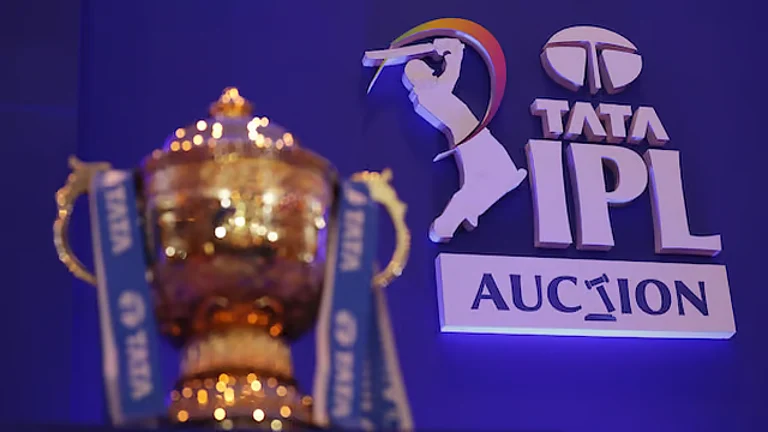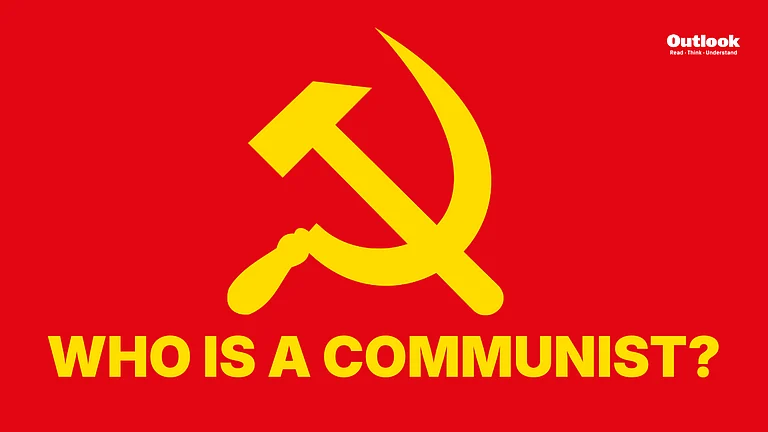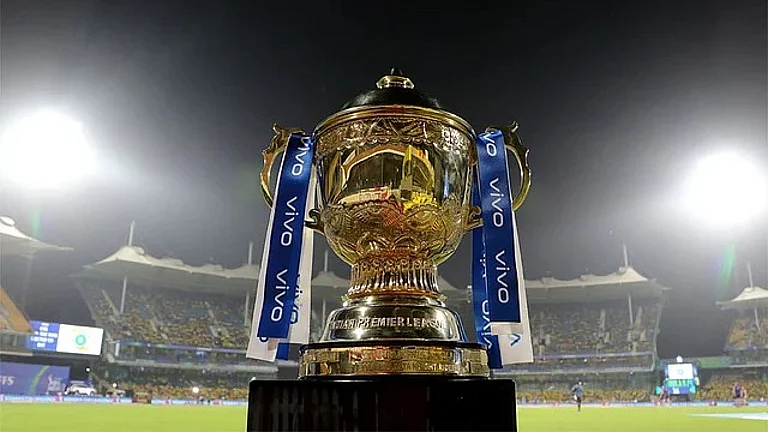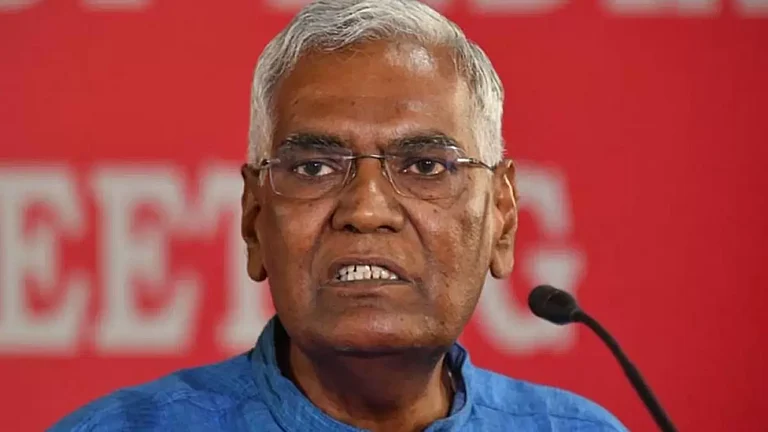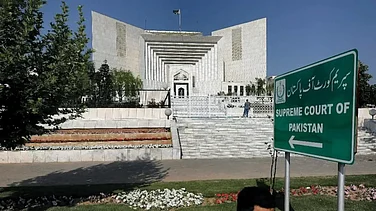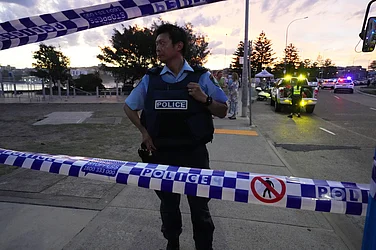Jina Mahsa Amini was a 22-year-old Kurdish girl from Saqez in north-western Iran. She was accosted while visiting Tehran by the Gasht-e-Ershad (Guidance Patrol, commonly known as Morality Police) for being a ‘bad-hijabi’—someone who is not adequately modestly dressed, in line with regime expectations. She was arrested and beaten up while in custody. She died on September 16, 2022, at a Tehran hospital as a result of excessive use of force.
The official version of the Iranian establishment has been that she died of a pre-existing condition—a condition that her father and family deny as having existed. From the time the news of her death and the circumstances came out, Iran has been witnessing the most sustained and geographically the most widespread series of public protests since the Islamic Revolution of 1979, across 280 cities and towns in all 31 provinces.
These protests could be just another one of a series of protests that the Islamic Republic has seen in the recent past—in 2009, 2017 and 2019. It could also snowball into something far more potent as it merges with wider disaffection against the incumbent regime. The Iranian establishment appears to have regained its authority with severe repression, but has come out of the last six months more shaken than before. Even if the Islamic Republic survives, it is unlikely to emerge unscathed.
The Trigger
Amini’s death was not the first case of custodial death, nor the first of excessive force. Since 2020, Iran has been enforcing its laws on the hijab more stringently than ever before since their introduction in 1979. In the course of 2021, quite a few cases of custodial harassment and even death have taken place at the hands of the Guidance Patrol. It is perhaps the growing frequency of such events that have caused the pushback that has been brewing for some time.
As a consequence of a state-driven modernisation agenda undertaken from the 1930s, the urban and upwardly mobile segments of Iran had become considerably secularised in their practice of religion and general approach to life. Even after the Islamic Revolution of 1979, a large number of people in urban Iran retained such secularised sensibilities. However, small-town (shahrestan) society never quite embraced this secularisation, retaining their traditional practices right through the pre-revolutionary era.

When the Islamic Republic came into being in 1979, it made the hijab mandatory for all women in public places—Muslim or not, Iranian or not. Iranian women—especially the urban, educated, upper and middle class—tried to resist this all along. However, the tenor of the regime was such that traditional lower-middle class and provincial values began to be pushed as the sole benchmark of Islamic behaviour, since most of the revolutionary groups that captured power had such origins.
However, the implementation of these laws has tended to vary from province to province, time to time. During the presidential terms of reformist Akbar Hashemi Rafsanjani (1989-1997), Sayyid Mohammad Khatami (1997-2005) and Hassan Rouhani (2013-21), enforcement of Islamic morality by the police was made less ostentatious and rigid. Hence, the enforcement of Islamic morality has long been a stick for the Iranian conservatives of all shades to beat the reformists with.
In the 1990s, conservatives like Ali Larijani successfully campaigned to assign this function to the Basij paramilitary forces—instead of the police, answerable to the elected government. Mahmoud Ahmadinejad institutionalised the practice with the creation of the Guidance Patrol in 2005. Since the elevation of Ebrahim Raisi to the Presidency in 2021, the increasingly invasive and aggressive enforcement of public morality has been creating considerable disquiet.
Character Of The Protests
The protests that broke out with the death of Amini are markedly different from the women’s rights protests and political mobilisation of women in the past. The protesters are no longer demanding specific rights for women; they are asking for “Jin, Jiyan, Azadi”—(dignity for the) woman, (a decent) life and freedom (from repression). The protesters, as in the 1980s and 90s, are no longer limited to largely educated urban cosmopolitan middle-class women, nor are they mostly those in their 20s-50s—they cut across age, sex, class and large and small towns, and the provinces alike.
Although the issue concerns women, the men, young and old, have joined the protests. Women are daring to go out with their heads uncovered, and setting alight their scarves in public. People from different walks of life—ranging from schoolchildren in big and small towns to university students, from oil workers at Abadan to steelworkers in Esfahan—have been joining the protests. Film stars and sportspersons have expressed solidarity with the protesters. The national football team kept quiet during the national anthem before their first match during the football World Cup.
The unpredictable nature of mobilisation and the amorphous character of the protesters have made suppression somewhat difficult, despite the heavy-handed repression. From the looks of it, long-standing economic hardship, stemming from the effects of economic sanctions imposed on the regime as a result of its nuclear programme, have helped the snowballing of grievances of a very large section of the people into these protests.
Thus, instead of demanding redressal of any specific grievances, calls like ‘Marg ba Diktatur’ (down with the dictator, the supreme leader Ali Khamenei) and ‘Mullah az Inja Boro’ (Cleric, get lost) are ringing out. Clearly, the people are no longer demanding a change in the system, they are demanding a change of the system.
The protests are by and large unarmed and non-violent, although occasional retaliations against the security forces are increasing in frequency. The funerals of Amini and those other protesters who have succumbed to the vicious crackdown by the regime have spun off further demonstrations, particularly because the security apparatus has been targeting the fortieth-day memoriam cycles that have generated fresh rounds of protests.
The last time such protest-cycles happened was in 1977-78—which did not end well for the regime, culminating in the revolution of 1979.
The Nature of Repression
The scale and intensity of the repression has been unprecedented since the end of the Iraq War. With more than 5,000 (maybe more than 18,000) arrested and at least 500-plus killed, this happens to be the single largest act of repression by the Islamic Republic in peacetime.
The regime has been routinely blaming the “riots” on foreign malfeasance and domestic collaborators. The official media is awash with allegations of involvement of America, Israel, Saudi Arabia and the Emirates, and how “rioters” are being manipulated by them.

The particularly brutal crackdown in the Kurdish regions of the north-west and Sistan, Baluchistan and Khuzistan regions of the south is being justified in terms of national security by blaming the disturbances on Kurdish, Baloch and Arab minorities (all Sunni subjects of the Shi‘i regime) manipulated by foreign enemies. A total blanket on news coverage and the internet has been put in place—the only information that is trickling out is courtesy of the social media operating through the use of Virtual Private Networks (VPN).
To begin with, the regime was slightly defensive. As late as the first week of November, both Khamenei and Raisi publicly sympathised with the original trigger for the protests—the death of Amini. She was described as Dokhtar-e Iran (Daughter of Iran) by Khamenei, who promised a thorough investigation.
The regime also appears desperate to conceal the asymmetry of violence. Official news sources highlight the killing of an occasional member of a Basij or Islamic Revolutionary Guard Corps (IRGC)—the two security groups pivotal to the revolutionary order—while the hundreds assailed by them barely get a mention.
News leaks show victims of Basij or IRGC brutality are often being claimed as security forces killed by the violent mufsid (rioters). There are reports even of Basijis in some parts of Iran feeling squeamish about the violence being unleashed because occasionally their own sisters and cousins are joining the protests.
A Moment of Vulnerability
The failing health of Khamenei keeps the Islamic Republic of Iran poised at a pivotal point. He is the last of the top-ranking associates of Ayatollah Khomeini, the figurehead of the 1979 revolution. Once Khamenei dies, the core that shaped the 1979 revolution comes to an end.
The more conservative elements of the revolutionary generation that seized power in 1979 have since successfully captured virtually every institution of the Islamic Republic, creating a large body of beneficiaries associated with, but not limited to the IRGC-Basij axis. They have even groomed a part of the post-revolutionary generation with state patronage—thus creating a large group of young people with a vested interest in preserving the revolutionary dispensation.
The protests have broken out at a time when Khamenei, suffering from poor health for quite a few years, is pushing for his son Mojtaba as his successor. President Raisi is also known to aspire for the position himself, but neither of the two—nor any other figure in Iranian politics today, for that matter—has the stature that can sustain the power and enjoy the legitimacy that goes with the position. There is thus even a return to the discussion on whether the office would be vested in a council, or that the powers should be trimmed. The conservatives are somewhat divided.
However, the majority of the Iranian population today, who were born after 1979, have no memory of the pre-revolutionary order. For many, the Islamic Republic has consolidated political power in the hands of a small section of its people, who have been the sole beneficiaries of the revolution.
This disgruntled component of the post-revolutionary generation powered the reformist movement under Presidents Khatami and Rouhani, and handed them landslide victories—prompting the arch-conservatives of the Shoura-e Negahban (Guardians’ Council) to make it virtually impossible for reformists to run for elected offices. Thus, after years of an actually functioning representative political system, a major section of the post-revolutionary generation does not feel represented any more. It is this generation that is at the forefront of the protests, and is being cracked down upon.
A House Divided
The signs are getting clearer that the Islamic Republic is now a house divided, although the size of the fissure is yet to be clearly discernible. On December 5, Khatami, probably the most popular President of the Islamic Republic, was brought out of a virtual house-arrest to issue a public address for the first time since he sympathised with the 2009 protests—presumably with the brief to urge restraint upon the protesters. It backfired because Khatami endorsed the cry of Jan, Jiyan, Azadi, and solicited the regime to mend its ways while there was still time.
On December 30, reformist President Rouhani broke an almost 18-month long silence to comment on how lofty the status of women is in Islam. He also gently indicted the economic policies of the Raisi administration, and its foot-dragging on nuclear talks that Rouhani had originally concluded during his time in office, and urged the government to attend to the needs of the people instead of stifling their voice.
On the other hand, a fairly large section of the regime, led by the judiciary and the IRGC-Basij security axis, have now begun pressing the hard line.
Four young men, all in their 20s, were executed in the first weeks of December 2022 and January 2023 on charges of moharebeh (“War against God”), with ten others lined up on the death squad, and at least another hundred charged with crimes that could lead to a death sentence.
The execution on January 14, 2023, of Alireza Akbari, the deputy defence minister during the Khatami era, on charges of espionage for the UK (of which he is a dual national along with Iran) is presumably meant to convey a signal that no one—however high and mighty—will be spared if they fall foul of the establishment.
Since the execution of Akbari, the momentum of public protests appears to have declined steadily. However, quite a number of women with their heads uncovered have been noticed in public spaces—presumably showing that the original issue of enforcement of the hijab is far from over. In a rare incident in February, when a person wanted to report a woman without her hijab, a policeman actually refused to lodge a complaint against the ‘offender.’
Right up to the end of March, the establishment still appears somewhat divided on whether to prosecute such infringements. While hard-line elements are calling for strict enforcement of the hijab laws once again, moderates are recommending caution.
Are the Times Changing?
The Islamic Republic is poised for a moment of change at the institutional level. During any such moment, the machinery of control needs to be in working order. This is presumably why, seeing the protest gain momentum, the regime decided to deal with an iron fist.
The protesters by contrast seem to have sensed that the vulnerability quotient of the regime is higher than it has been at any other time since 1979. Thus, the lull on the streets of Iran may turn out to be deceptive, and a storm may yet come. The revolutionary ruling elite has a stranglehold over all the institutions of the Islamic Republic of Iran—they will fight hard to preserve it. The disaffected Iranian, on the other hand, might choose this first real moment of institutional vulnerability to try to bring it down.
It can go either way.
(Views expressed are personal)
(This appeared in the print as "Back To The Brink")
Kingshuk Chatterjee is a professor in the Department of History at Calcutta University and the author of ‘Ali Shari’ati and The Shaping of Political Islam in Iran’ and ‘A Split in the Middle: the making of the Political Centre in Iran'







